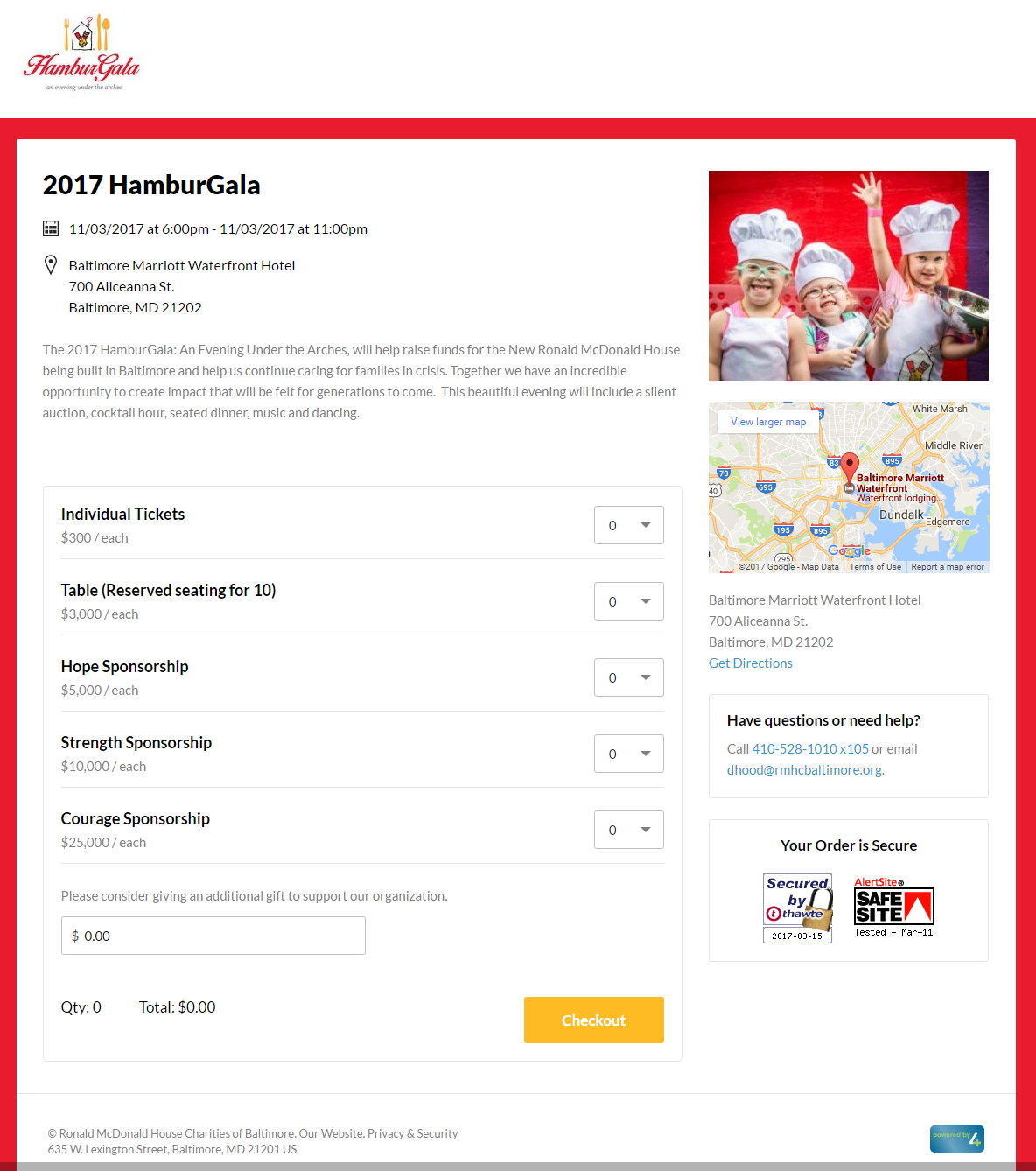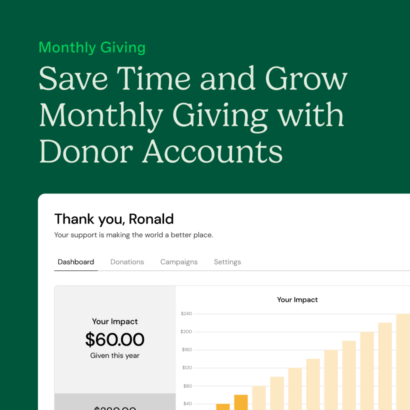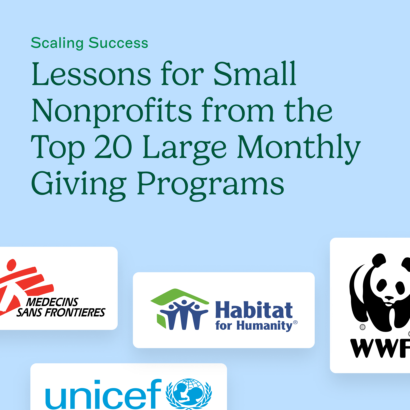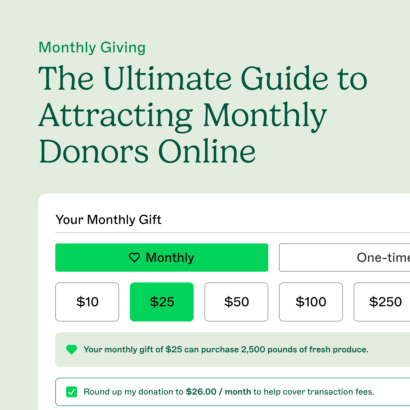Any experienced event coordinator could tell you that the success of any event, no matter the size, can be attributed to the amount of planning beforehand. Now that an online presence is such a big piece of fundraising work, it’s important to know how to best use your website to promote the events you are planning. Since you will spend so much time planning your event, you must also be sure to also spend the time needed to promote your event through the different online tools at your disposal. These are a few steps you should take:
Step One: Build up your website
Before doing any promotion for your event, it’s important to make sure your website is updated and easy to navigate. A few elements to look at include the site’s design and layout, usability, content quantity and quality, calls-to-action and marketing effectiveness.
We’ve written posts previously on our blog about website best practices for nonprofits and how to evaluate your website’s success. Your website will be used to promote your event. Make sure it is up to the task.
Make sure you can create a clear path from any page on your website to your event promotion. Consider carving out space on your homepage to drive possible registrants to learn more about your event.
Step Two: Create an event landing page
Creating an event page on your website is key to your event marketing strategy. This will be the page that all your online promotion directs your audience to for further details and information about the event.
On this page, explain what or who the money you fundraise at the event will be supporting. Use your nonprofit’s story to share impact and connect with your audience and help potential event attendees (and donors) understand why they should support your cause by attending your event.
Be sure to also clearly list the when, where and any other vital details of your nonprofit’s event on this page. Include photos of any speakers the event is hosting along with their bios so your audience knows who they will be hearing from.
Bonus tip – If you find it difficult to fit all the details of your event on your website, investigate building a separate event microsite.
Step Three: Offer online event registration
Most people expect to sign up for an event online when they decide to attend. You’ll want to build a simple, secure, and mobile-friendly event registration form that will allow attendees to purchase event tickets and sponsorships online.
How easy you make online registration often determines how many attendees you’ll have at your event. Your event registration page should include the following elements:
- Your nonprofit’s brand (colors, logo)
- A small bit of “point-of-sale” content to convince visitors to register
- Date, time and location of the event
- Contact information for attendees that have questions about registering
- Security logos to demonstrate that is it safe to order online
- Easy ordering of tickets or registration levels
- Inventory and date controls so you don’t oversell your event
- Automatic thank you emails after ordering
- Social media sharing so attendees can encourage others to attend
You’ll capture all your attendees’ information electronically, including email addresses, which will make it easier to send reminders and other promotions leading up to your event.
Get in touch with 4aGoodCause for assistance creating your event registration form.

Step Four: Promotion
While you may use your social media channels to do most of the online promotion, don’t forget to use your website and email to your advantage. Consider these four ways of online promoting:
Blog
Blogging gives you a platform to share more in-depth information with your prospective attendees and can potentially stir more interest around your event. Write a blog post interviewing the speakers who will be present at your event, or better yet, invite speakers to write a guest post on your blog! This will give attendees a better look at who your speakers will be and may help convince those who have not yet decided to attend to do so.
Schedule out a handful of emails in your e-newsletter plan to be spotlights for your upcoming event. In other emails, simply remind readers of the event and include a link to your event registration page for easy access.
Facebook Events
Creating an event for your fundraiser on Facebook is a great idea since it is easy to do and will reach a wide audience. Facebook event pages give your audience the option to share the event with their friends, post their questions about the event and let you know if they plan to attend. Facebook will also send reminders to those who have said they are interested in attending and will also notify attendees when you post on the page. A Facebook event is also a great way to direct traffic back to your website’s event registration page.
Social media posts
Post on your Facebook, Twitter, LinkedIn and Instagram channels about your event, reminding your audience to sign up. Social media is a wonderful marketing tool because it allows your followers to share your event with their friends, allowing promotion to a larger audience than your email list or website alone.
We’ve written more in-depth about online event promotion in a past post on our blog and about other topics related to nonprofit event planning. Check out our tips and you’re well on your way to planning, promoting and hosting successful events.



